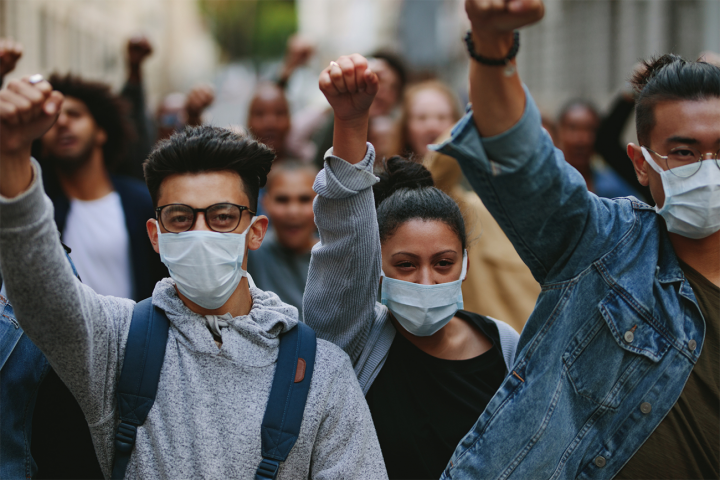Following reports that the next COVID variation might be transferred from animals, the World Health Organization stated that precautions must be made to prevent coronavirus transmission from animals to people. This comes at a time when minks and hamsters have been infected with the coronavirus. It has infected wild whitetail deer in North America. Researchers are now questioning if it may penetrate even more animals than previously thought and ultimately return to humans, carrying new and hazardous COVID forms with it. WHO’s Maria Van Kerkhove issued a warning about the situation, saying, “We must all take actions to minimise the spread of SARS-CoV-2 and the danger of transmission between animals and people.”
We must all take steps to reduce the spread of SARS-CoV-2 and reduce the risk of transmission between animals and humans.
Together we can end the #COVID19 pandemic.@WHO @FAO @OIEAnimalHealth https://t.co/LuV9WjdTQ9
— Maria Van Kerkhove (@mvankerkhove) March 7, 2022
Although the COVID-19 pandemic is driven by human-to-human transmission, the SARS-CoV-2 virus has been found to infect animal species, according to the WHO. Wildlife does not appear to have a substantial role in the transmission of SARS-CoV-2 in humans, according to current information, but its proliferation in animal populations can have an impact on their health and may enable the creation of new viral types. SARS-CoV-2 has been found in free-ranging, captive, or farmed wild animals such as large cats, minks, ferrets, North American white-tailed deer, and great apes, in addition to domestic animals.
Farmed mink and pet hamsters have been demonstrated to be capable of infecting people with the SARS-CoV-2 virus, and a possible instance of transmission between a white-tailed deer and a person is now being investigated, according to the statement. The UN health agency also encouraged governments to take precautions to prevent animal-to-human transmission. The steps are as follows:
- We furthermore encourage countries’ national animal and human health services to adopt the following measures:
- Encourage collaboration between national veterinary services and national wildlife authorities, whose partnership is key to promoting animal health and safeguarding human and environmental health.
- Promote monitoring of wildlife and encourage sampling of wild animals known to be potentially susceptible to SARS-CoV-2.
- Share all genetic sequence data from animal surveillance studies through publicly available databases.
- Report confirmed animal cases of SARS-CoV-2 to the OIE through the World Animal Health Information System (OIE-WAHIS).
- Carefully craft messaging concerning SARS-CoV-2 in animals so that erroneous public views do not sabotage conservation efforts. Without justification from a country- or event-specific risk assessment, no animal proven to be infected with SARS-CoV-2 should be abandoned, rejected, or killed.
As an emergency measure, prohibit the selling of captured live wild animals at food markets.





